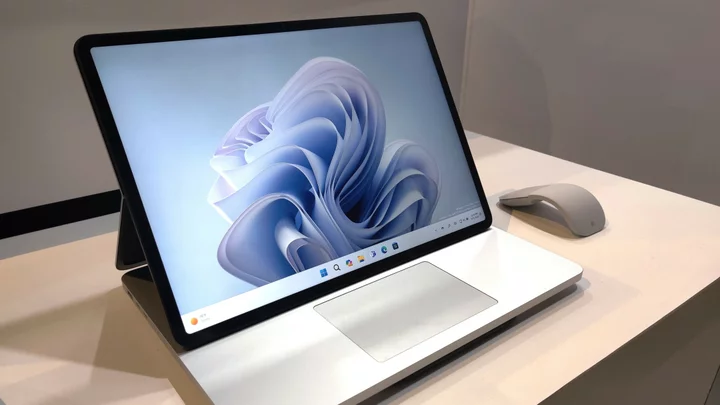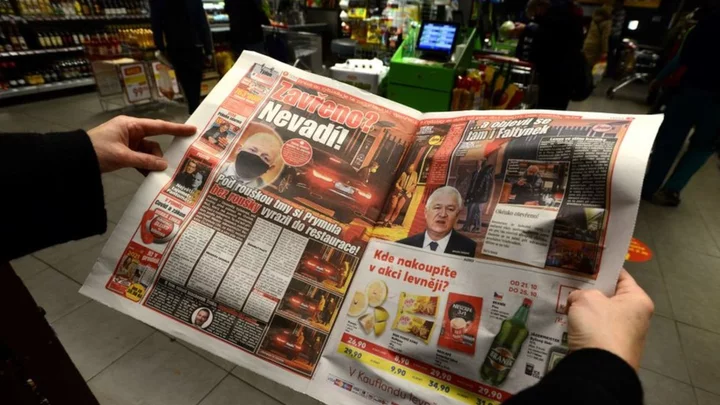Denmark’s Topsoe A/S is preparing to spend $300 million on a US hydrogen electrolyzer factory in the latest example of President Joe Biden’s wave of federal incentives drawing European investment.
The Danish industrial company plans to make a final investment decision on the new facility by end of this year, Chief Executive Officer Roeland Baan said in an interview. The new factory would roughly double the company’s manufacturing capacity of the machines, adding to a site in Denmark that’s currently under construction.
Biden’s Inflation Reduction Act provides generous subsidies to produce hydrogen from renewable electricity, spurring companies to invest in a technology that would be uneconomical otherwise. The move by Topsoe follows Norwegian electrolyzer maker Nel ASA’s plan to build a factory in Michigan.
“The Inflation Reduction Act came out not that long ago and that immediately prompted us to start looking in the US,” Baan said. “We need to be there. We need to have a production facility to cater to customers there.”
Hydrogen is key to cut emissions from industrial processes, such as ammonia production and oil refining, that rely on the gas. It could also be used to cut fossil fuels in new applications like steel production, power generation and shipping.
Electrolyzers use electricity to split hydrogen from oxygen in water. When that electricity comes from renewables, the resulting product is known as green hydrogen. Topsoe is one of the leading developers of what’s known as solid-oxide electrolyzers, which use less electricity than other established electrolysis technologies. That’s potentially a major advantage because electricity is the biggest cost for producing hydrogen this way.
Baan said the company is in talks with potential customers and local authorities in the US to try and decide the best location for the plant. It will be at least as big as the one that Topsoe is building in Herning, Denmark, which has an initial capacity of 500 megawatts and the potential to scale 10 times larger.









